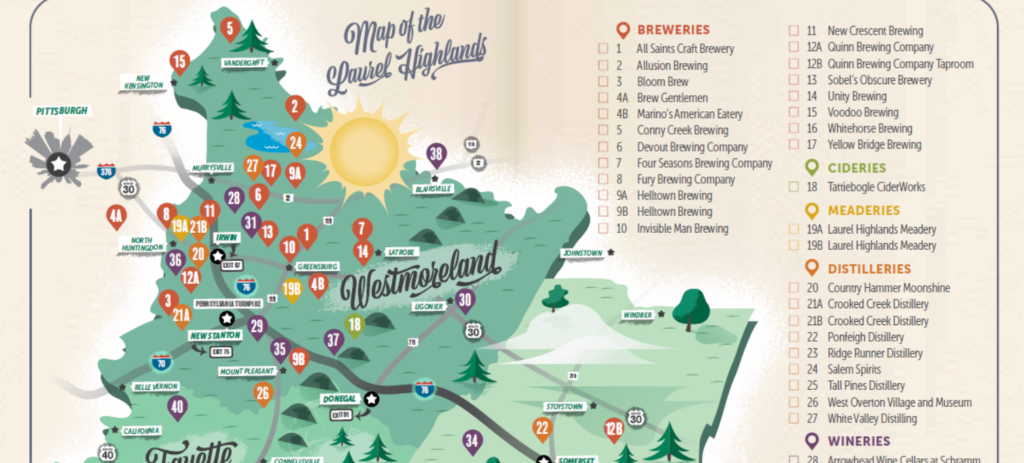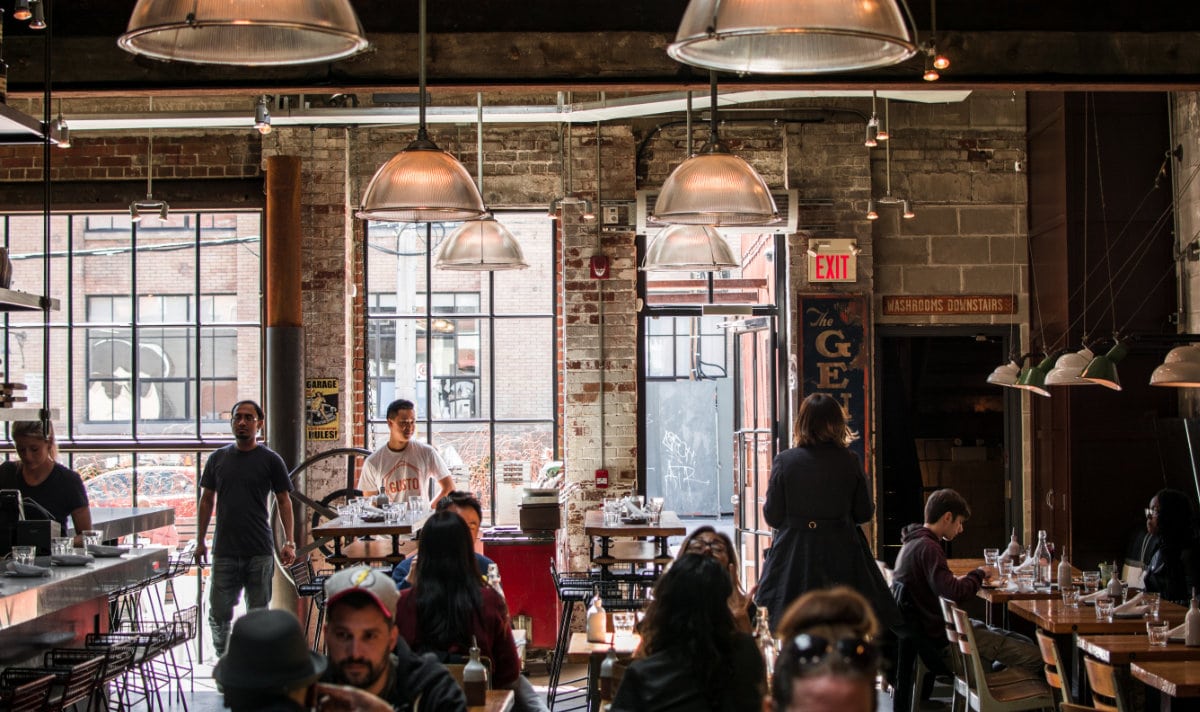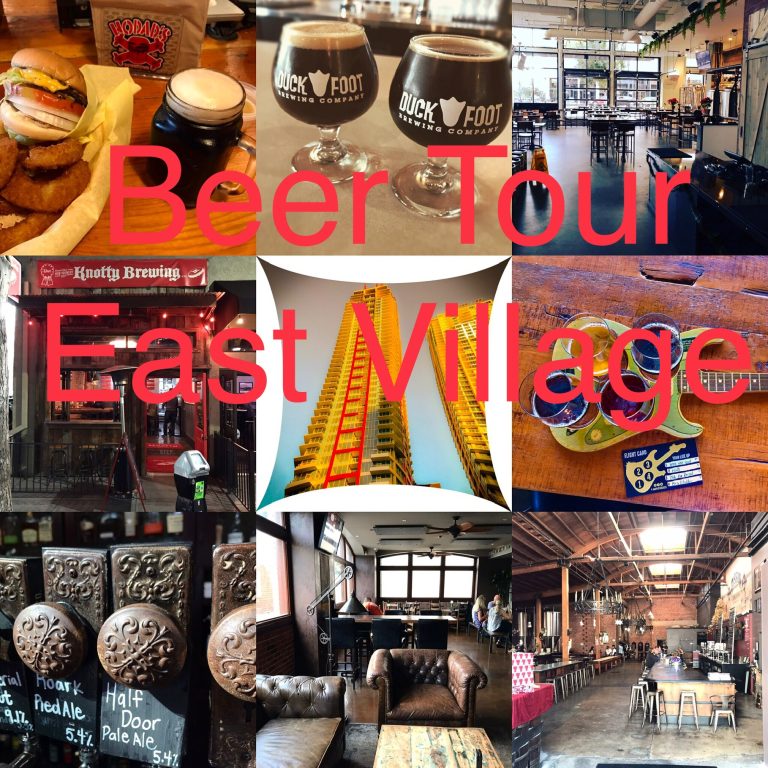A Look Into How Breweries Benefit Their Local Communities
Craft breweries started out as an urban-only amenity back in the 2000s. However, lately they have been moving into more rural communities, and the benefits have been astounding.
According to Bart Watson, chief economist at the Brewers Association, about 85 percent of American adults now live within 10 miles of a brewery as of 2018.
Major Economic Impact
The craft brewing industry contributed $82.9 billion to the U.S. economy in 2019 according to the Brewers Association. The industry also provided more than 580,000 total jobs, with more than 160,000 jobs directly at breweries and brewpubs, including serving staff and brewers.
Retail dollar sales of craft beer declined slightly in 2020 due to the COVID restrictions, but still account for just under 24% of the $94 billion U.S. beer market. Small and independent breweries produced 12.3% of all US beer in 2020 as well.
Even with the uncertainty of 2020, the US still added 302 breweries for the year, a 4.5% increase. As you can imagine, this growth has also been good for the local communities the breweries reside in.
In 2017, state and local governments collected $7.3 billion in alcohol taxes. All 50 states levy a tax on malt beverages and alcohol, but they vary wildly. Tennessee has the highest beer excise taxes at $1.29 per gallon while Wyoming has the lowest at $0.02/gallon. Regardless how much taxes consumers end up paying on their beer, it helps the local communities grow with funds that may not otherwise have been available without the brewery.

Breweries also have become engines of economic development. They do this by revitalizing old buildings that are no longer in use and usually in areas with cheaper real estate – all in an effort to minimize startup costs.
However, this choice quickly becomes beneficial for all concerned. New businesses begin to surround these new breweries to help take advantage of the increased foot traffic around the brewery. In many cases, one singular brewery has been the impetuous for a whole town’s revival.
Expanded Employment Opportunities
Even before the brewery is opened, retrofitting older buildings and installing brewery equipment takes skilled craftsmen and laborers. While many brewers have turned to doing a lot of the construction themselves to save on cost, there is plenty of work that gets contracted out. Electricians, plumbers and masons are commonly hired to do the more complex jobs that the DIYer may not be able to handle themselves.
A typical taproom makes 300-gallon batches multiple times a day. Back of the house operations require a brew master and many other helping hands to help maneuver hundreds of pounds of grain, water and hops around during the brewing process. After the beer is done, full kegs weighing upwards of 165 pounds need to be moved into refrigeration or onto delivery trucks.
Servers, bartenders and delivery personnel are also needed as breweries expand their beer-only operations into more of a restaurant. Food can make up a good portion of a typical brewery’s revenue stream, which almost makes it a required step in setting one up nowadays.
Home delivery has seen a boom during the COVID crisis as many breweries turned to delivering their beer to customers that were locked down at home. This was spurred by relaxed local laws that allowed this once blocked it. Credit goes to local governments that quickly realized that successful small businesses were going to go under and close for good if new and unique ways weren’t found to help them stay open and profitable.
A Tourism Draw
Relaxed laws and new technology now allow breweries to take advantage of things like outdoor beer gardens and distribution like never before. Distributing and packaging their beer in cans, growlers and crowlers which are sold onsite, has opened up a revenue stream once only reserved for larger breweries. Canning technology has advanced and scaled down to manageable prices so that just about any brewery can afford one.
Unsurprisingly, distributing great beer in cans has created a demand for beer like never before. Successful breweries have become draws for local tourisim as beer drinkers have found their beer cans on store shelves.
My wife and I recently (before COVID) took a “beercation” to the Finger Lakes region of New York state specifically because of wanting to visit Other Half‘s taproom. We only knew of this brewery because of services like Tavour.

Brew tours are starting to pop up across the country as well. Whether they are build by the local tourism board like our Laurel Highlands Pour Tour or by bloggers such as our own Miramar Beer Tour, they are all immensely popular.
A “Third Place”
The term “third place” was first defined by sociologist Ray Oldenburg in his book entitled The Great Good Place, where he defines the Third Place as a place where people spend their time aside from the first place (home) and second place (work).
Being designated as a “third place”, breweries have become a fun and attractive meeting place and event venue for community members of all ages. Many breweries regularly support local artists by hosting yoga classes, displaying art and booking musicians.
Most breweries are kid and dog friendly as well. This creates a much more comfortable family atmosphere than most bars and restaurants, which then leads to more social gatherings.
Outdoor seating, accelerated by COVID crisis, also has become a key component to keeping breweries filled with happy customers. During the COVID pandemic, many breweries could only serve customers outside, as indoor dining was banned. This led to many breweries getting creative and creating outdoor spaces where there hadn’t been any before.
Philanthropic
Lastly, as breweries have become a part of the local community fabric, many have started giving back. Whether it is based on a portion of sales or through hosting a charity event, these small and independent breweries know they are only successful as their small towns.
Raising money for local charities was a priority for Mitten Brewing Company in Grand Rapids, MI from the day they opened. Since their launch in 2012, the brewery has raised over $350,000 for more than 50 local nonprofits. And they are not alone.
Local breweries all across the US are dedicated to supporting the communities they inhabit. They do this by promoting a culture of social responsibility, collaboration and involvement.





